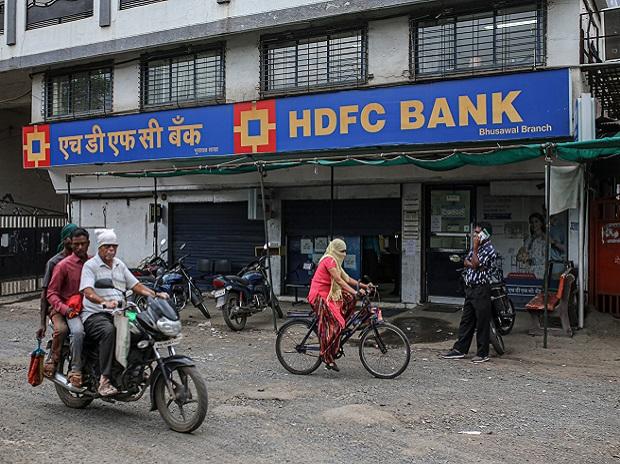[ad_1]
India’s largest private sector lender HDFC Bank on Tuesday sold additional tier-1 (AT-1) bonds worth Rs 3,000 crore at a cut-off rate of 7.84 per cent — the lowest rate shelled out by any bank, so far, in the current financial year.
The rate paid by HDFC Bank is lower than the 7.88 per cent cut-off that was set for Bank of Baroda’s AT-1 bond sale worth Rs 2,474 crore on August 30. On most occasions, debt offerings by state-owned lenders tend to be cheaper than those by their private sector peers, because public sector banks are perceived to have sovereign backing.
“There are some who feel that since it’s a private bank, it (the cut-off rate) should be above Bank of Baroda’s, but I don’t agree. HDFC Bank is very different from other banks in both public and private spaces. There is a high regard for the bank,” a senior treasury official said.
Tuesday’s bond sale marks the first time that a private bank has tapped the debt capital markets by issuing AT-1 bonds in the current financial year. It also marks the first time since 2017 that HDFC Bank has issued AT-1 bonds.
Amid a slew of such bond issuances by state-owned banks since July, Canara Bank is expected to issue AT-1 bonds worth Rs 1,500-2,000 crore in the coming days, sources said. Private lender Axis Bank is also considering an AT-1 bond issuance soon, the sources said.
The state-owned lender has already sold AT-1 debt worth Rs 2,000 crore, so far, this financial year, with its last such bond issue on July 15 being priced at 8.24 per cent.
“Axis Bank is making enquiries; it may come out with Rs 1,000-2,000 crore AT-1 issue. The cut-off for Axis Bank will ideally be around 7.95 per cent in the current market conditions,” a source said.
Ahead of HDFC Bank’s AT-1 bond sale, treasury officials had expected the cut-off for the debt at 7.80-7.90 per cent. As such, the cut-off that was set was on the lower side, indicating firm demand for the private bank’s debt offering.
Among other factors, including a relatively low supply of AT-1 bonds from highly-rated entities, so far, this financial year, treasury officials cited easing yields in the sovereign bond market as a key factor that had made it an opportune time for banks to tap the capital markets.
“There was no supply of HDFC Bank’s papers as such. The distribution was well spread out. Since there’s no arranger, it’s difficult to identify the end investors,” a treasury official said.
“Now, the 2-year and 3-year parts of the yield curve are getting flatter and flatter. So, getting a cut-off of 7.80 per cent for a paper with a five-year call option is quite a good spread. There is a high chance that we may be surprised with an aggressive cut-off for SBI tomorrow, as well,” he said.
On Wednesday, the country’s largest lender State Bank of India is set to sell AT-1 bonds worth Rs 7,000 crore. Treasury officials by and large expect the cut-off for SBI’s AT-1 bonds at around 7.75 per cent, but do not rule out the possibility of a lower rate of 7.65-7.70 per cent.
Another state-owned lender — Bank of Maharashtra — is set to issue AT-1 bonds worth Rs 710 crore on Wednesday.
The recent flurry of AT-1 bond issuances comes amid a sharp gap between growth in bank credit and that in deposits, increasing pressure on lenders to raise capital and finance the demand for loans.
Accounting for HDFC Bank’s AT-1 issuance, banks have raised a total of Rs 10,794 crore through such bond sales, so far, in the current financial year.
RBI Governor Shaktikanta Das recently said that banks should continue raising capital from the markets in order to protect against the volatile global economic landscape.
According to the central bank’s Financial Stability Report for June 2022, the Indian banking system’s capital-to-risk weighted assets ratio (CRAR) was at 16.7 per cent in March 2022. RBI regulations stipulate that banks must maintain a minimum CRAR of 9 per cent. Non-bank subsidiaries are mandated to maintain the capital adequacy ratio prescribed by their respective regulators.
[ad_2]
Source link



